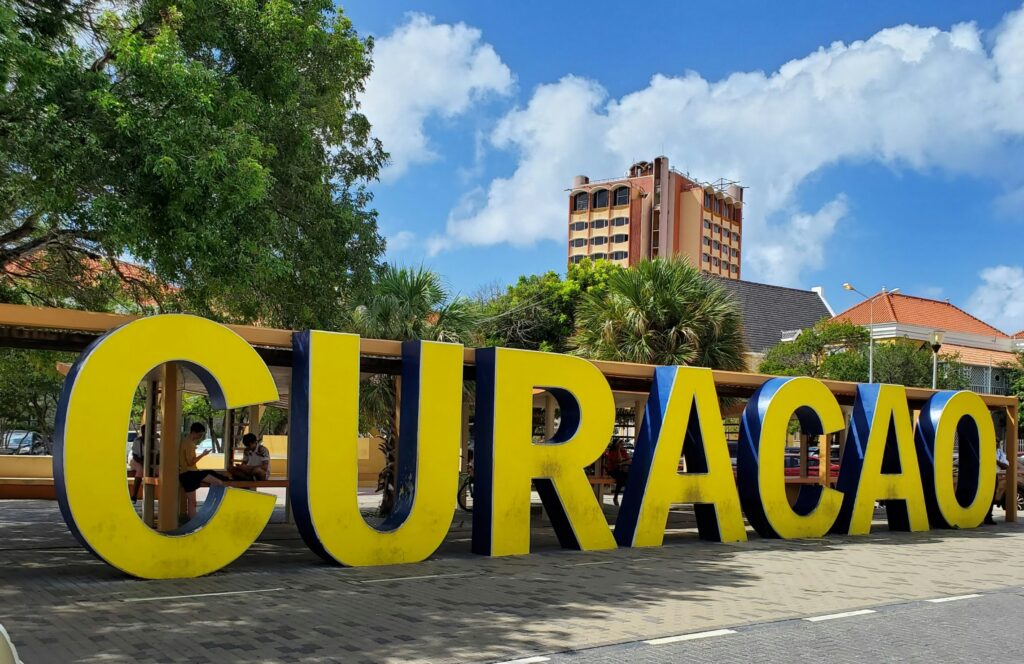
Getting to Know Your Currency Options in Curaçao
Curaçao is a beautiful Caribbean island that beckons travelers with its stunning beaches and vibrant culture. When you visit, one of the first things you’ll need to navigate is how to pay for things. Should you use the local currency, the Netherlands Antillean Guilder (ANG), stick with US dollars (USD), or go digital and use a card? Here’s a breakdown to help you make worry-free choices during your travels.
Understanding the Currency Landscape
The Netherlands Antillean Guilder (ANG)
The local currency, the ANG, is often the best choice for getting the most bang for your buck. You’ll find that many local businesses, especially markets and street vendors, prefer this currency. An example? Let’s say you’re at a local eatery enjoying some spicy fish stew. They may give you a better deal if you pay in guilders rather than dollars.
U.S. Dollars (USD)
Don’t worry if you brought USD instead; it’s widely accepted, especially in tourist areas. Many businesses price their goods and services in dollars. For instance, when you visit a popular dive shop to rent snorkeling gear, you can usually pay in USD without any hassle.
The Pros and Cons
So, which should you choose? Here’s a quick rundown:
- Pros of ANG: Better for local transactions, possibly more competitive prices. Plus, it gives you a genuine island experience.
- Cons of ANG: Not accepted everywhere, especially in bigger tourist spots.
- Pros of USD: Convenience and acceptance in most areas—less hassle if you’re just stopping by.
- Cons of USD: You may miss out on local deals and, depending on the merchant, might get an unfavorable exchange rate.
Using Credit and Debit Cards
What about credit cards? They can be incredibly handy, but there are a few things to keep in mind. Most larger hotels, restaurants, and shops accept major credit cards like Visa and Mastercard. However, if you head to smaller, local establishments, cash is usually king. It’s not uncommon to encounter places that don’t accept cards at all.
Foreign Transaction Fees
One thing to note—check with your bank about foreign transaction fees. Some debit and credit cards charge an extra percentage on purchases made abroad. As you can imagine, if you’re not aware, those little fees can add up quickly. Maybe you think, “Oh, it’s just a coffee here and a trinket there,” but it can lead to an unexpected hit on your account by the end of your trip.
Smart Ways to Manage Your Spending
Prioritize cash for small purchases. You can always bring a debit card for withdrawing cash at local ATMs. They typically offer reasonable exchange rates. Just be sure to use ATMs at reputable banks for security reasons. This way, you’ll get the best of both worlds—cash for little spends and card options for bigger ones. It’s kind of like having your cake and eating it too!
Where to Exchange Currency
Thinking about getting some local currency once you land? You have options. Most international airports have currency exchange booths, but they might not give you the best rates. You could end up losing a bit on the conversion!
Local Banks and ATMs
A better strategy? Just use an ATM once you’re in town. They often offer competitive rates, and you can withdraw the exact amount you need. Just remember to notify your bank in advance about your travel plans, so you don’t get hit with that annoying fraud alert that freezes your card.
Currency Exchange Services
If you prefer to exchange cash, local currency exchange services are available in downtown Willemstad or even at some hotels. Just compare rates to ensure you’re getting a fair deal. It’s less hassle than it sounds—think of it as a quick pit stop while you explore the colorful streets of the capital!
Helpful Tips for Smart Spending
Now that we’ve navigated the currency maze, here are some quick tips to help you spend wisely during your stay:
- Keep Small Bills Handy: Having small denominations in either ANG or USD makes it easier for tipping and small purchases.
- Be Mindful of Your Safety: Avoid carrying large amounts of cash around. Consider using a money belt when you’re out exploring.
- Track Your Spending: Keep a rough tally of what you’re buying, especially if you’re using multiple currencies. It can help you stay within budget.
Final Thoughts
Choosing how to pay in Curaçao doesn’t have to be a headache. Whether you go local with the ANG, stick with USD, or embrace card payments, the key is being aware and planning ahead. Your trip should be about enjoying the sun, the sea, and the warmth of the people, not stressing over cash. So relax, have fun, and dive into what this gorgeous island has to offer!
For more tips on traveling in the Caribbean, check out this blog that covers everything from the best beaches to local cuisine.
**Related Reading:** – [Related: How to Plan a Solo Trip on a Budget] – [Related: Top Destinations for First-Time Solo Travelers] **#SoloTravel #Ultimate #Guide #Paying #Curacao #USD #ANG #Card #WorryFree #Travel**
